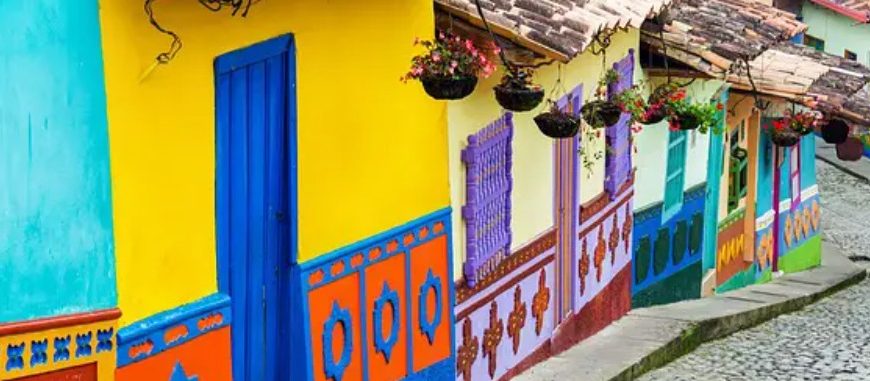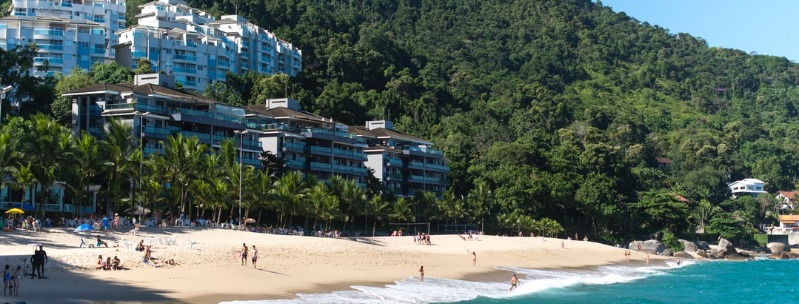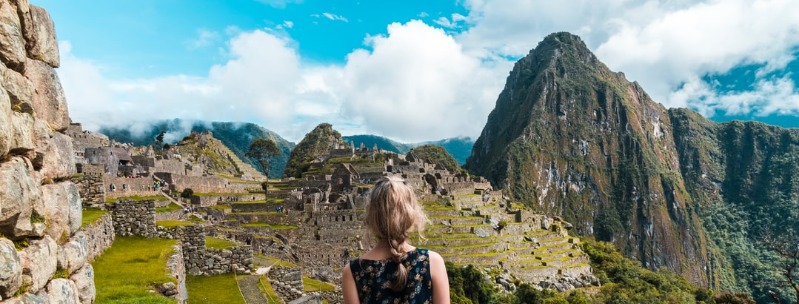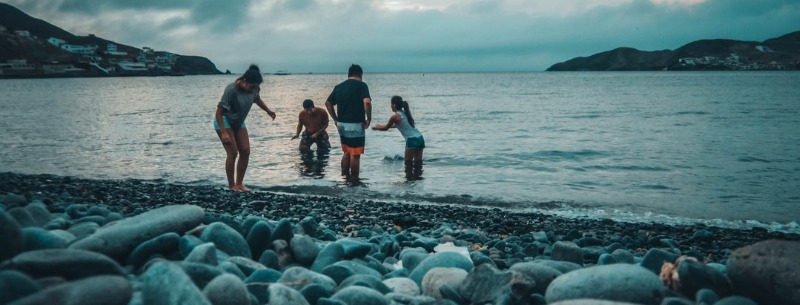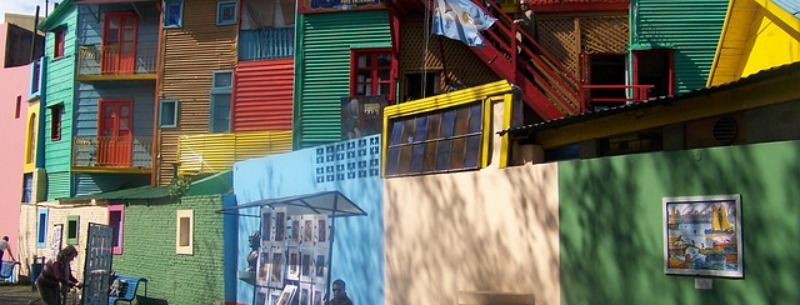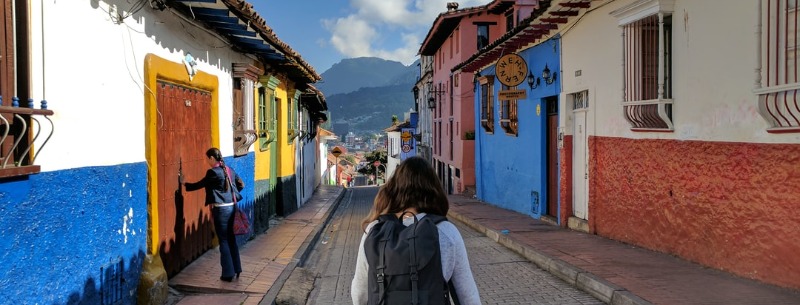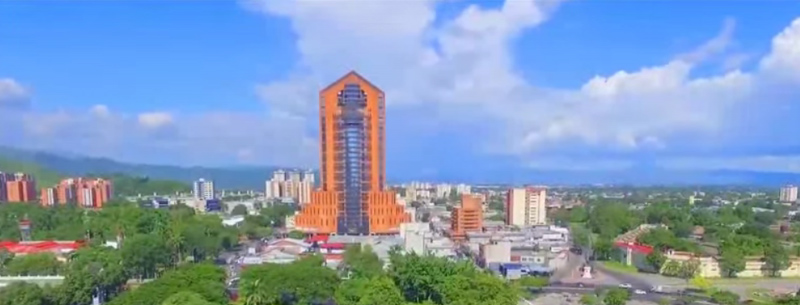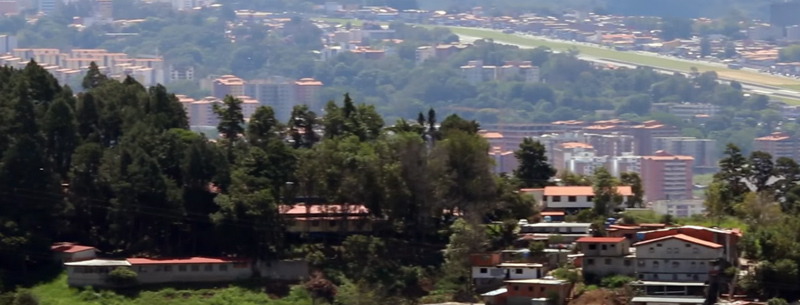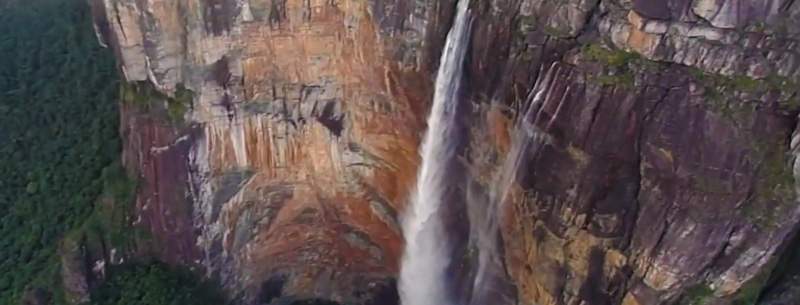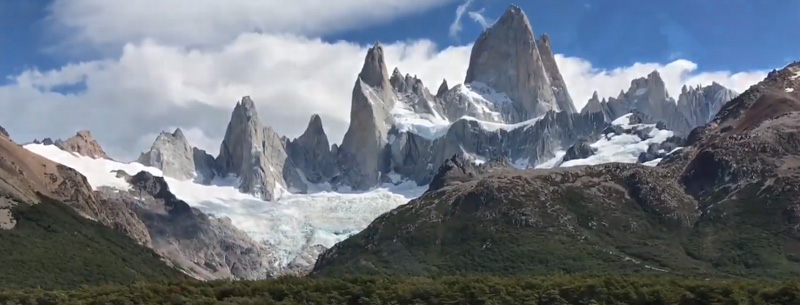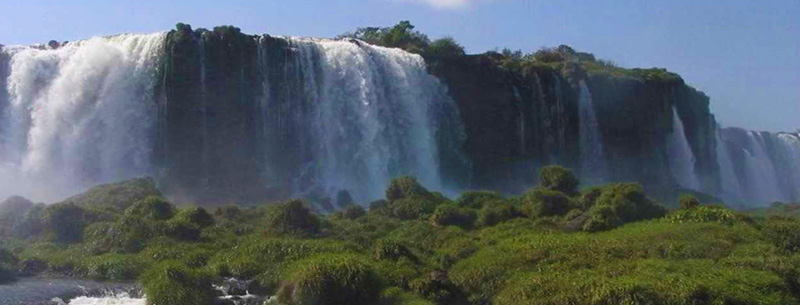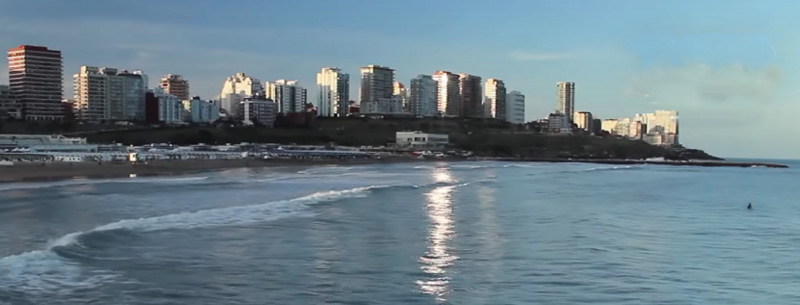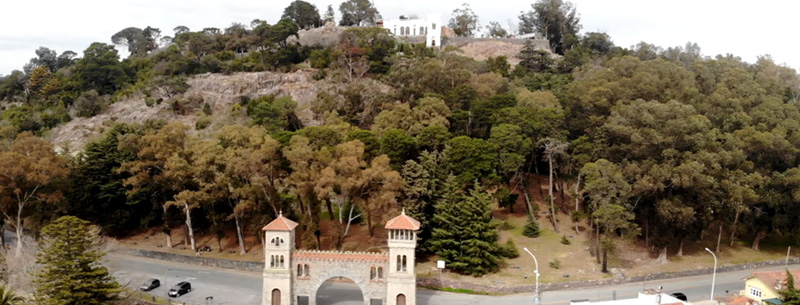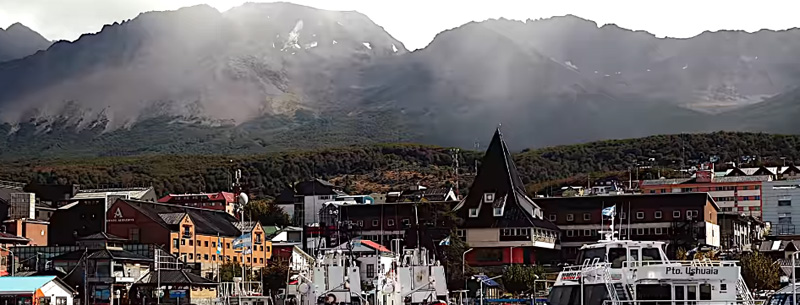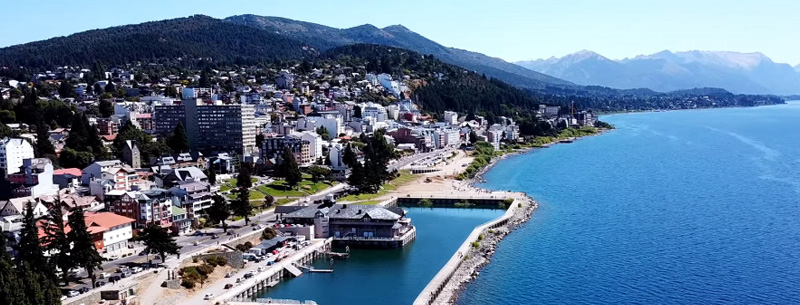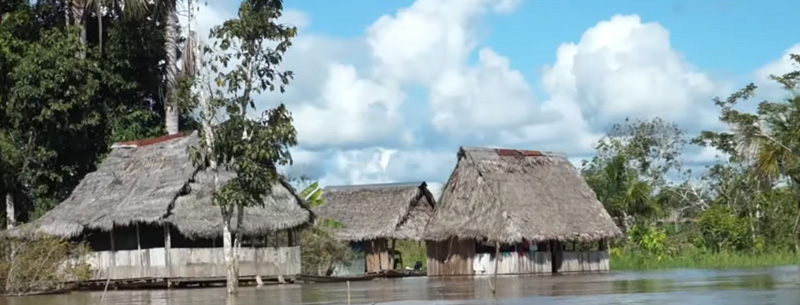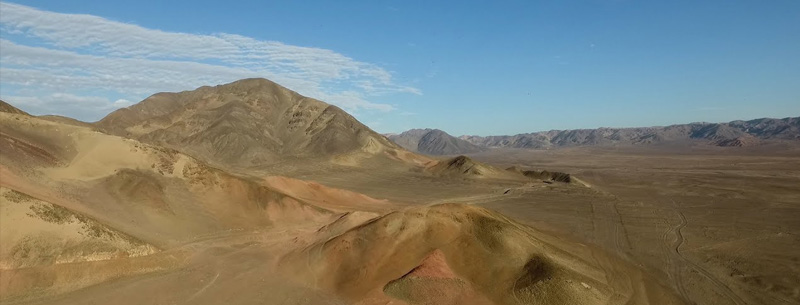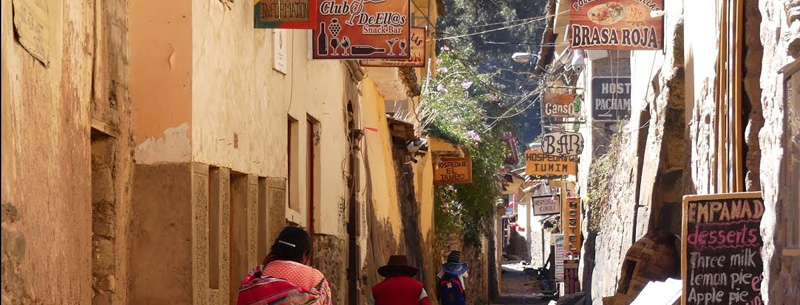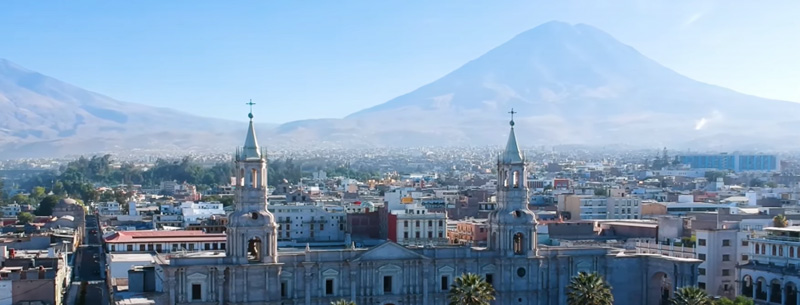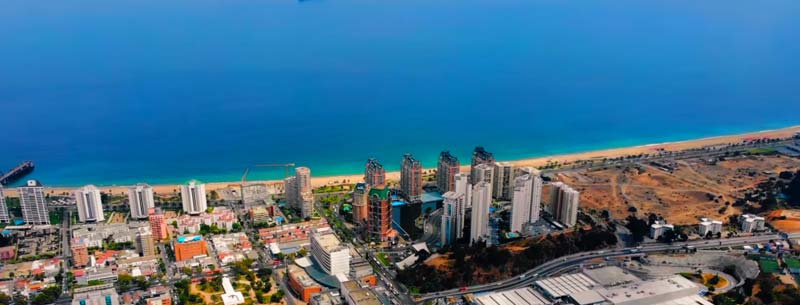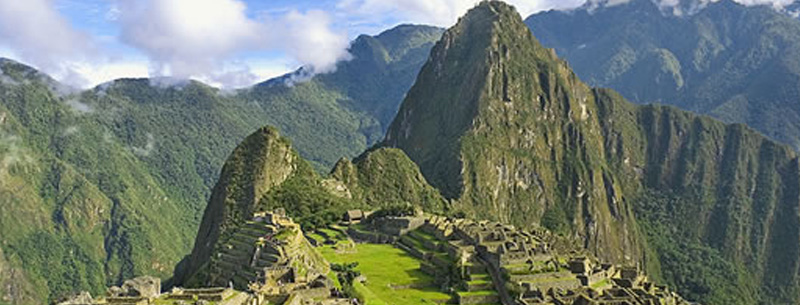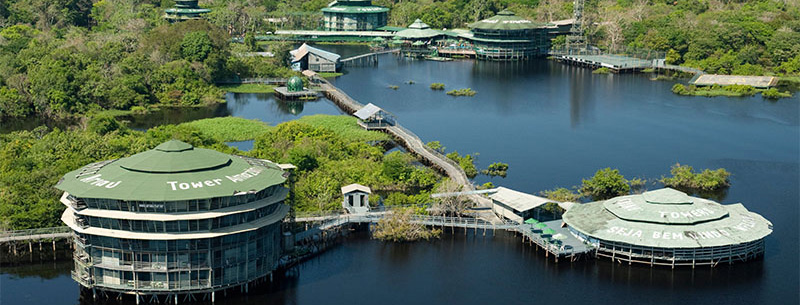South America Travel Guide
In total, there are 12 independent countries and 3 dependent territories in South America. The largest country by area and the most populated is Brazil. It occupies about 50% of the total mainland area, and more than 52% of the population lives on its territory. The smallest independent state is Suriname, it is the only nation in this region, that speaks Dutch as an official language.
South America is ideal for travelers who want to immerse themselves in a wide range of cultures while also exploring the great outdoors. The beaches of Rio de Janeiro, the Galapagos Islands, Iguazu Falls, Machu Picchu, and, of course, Patagonia are the continent’s main draws. Torres Del Paine National Park is one of the world’s most southern national parks, and it’s also a place you should visit at least once in your life.
Each country in Latin America has unique travel attractions. Personal preferences including culture, archaeology, beaches, nightlife, wildlife, natural landscapes, indigenous tribes plus more should influence where you choose for your vacation. Let our Latin America travel guides help you:
From exploring Chile’s treeless deserts and Argentina’s unbelievable wine regions to colorful adventures in Brazil, our South American travel blogs and travel guides will help you find the best places to visit.
Argentina Travel Guide
Argentina is the home of the tango, which is danced on the streets of its Latin Quarter to the delight of tourists. It is also a vast country with spectacular scenery, vibrant cities, amazing culture and nightlife, and great coastal destinations. From the wine regions in the north to Patagonia’s dramatic peaks in the far south, Argentina has something to offer everyone.

Bolivia
Bolivia is the land of the Incas, a beautiful, dramatic, and diverse country that boasts some of the most amazing scenery in South America, as well as the highest capital city in the world, La Paz. The incredible Andes are a feature of this diverse nation as are vast deserts and the incredible biodiversity of the Amazon rainforest.
La Paz’s colonial and amazing indigenous heritage make it a culturally fascinating destination. On the streets of La Paz visitors can see indigenous tribespeople, Incas’ direct descendants, living their lives next to the up-and-coming high society of Spanish descent. This makes for an interesting tapestry of Native Indian and European heritage throughout the city. There are also several good museums such as the Museo de Metales Preciosos Pre-Columbinos.
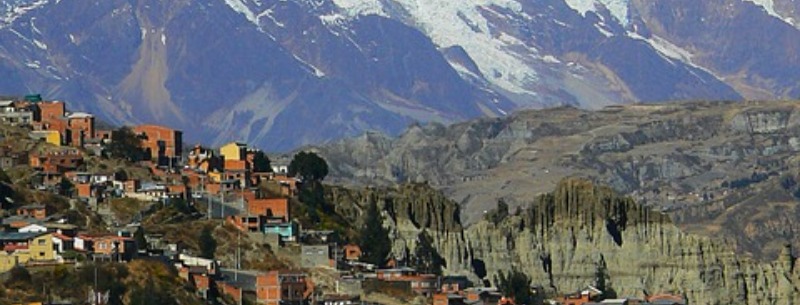
Bolivia’s most famous landmark, Lake Titicaca, is one of the most incredible sights on earth and is revered as the birthplace of the Incas. The lake is one of the highest in the world and has many beautiful islands to be explored. Also close to the capital is Bolivia’s primary archaeological site, Tiahuanaco, which is well worth visiting.
Santa Cruz, in the east, and nearby Sucre both merit investigation. Both offer great colonial architecture and Santa Cruz is a good jump-off point for exploration into the Amazon rainforest. Potosí is also located in this region, and was the mining capital of the Spanish Empire; its mines and museums are a fascinating testament to the exploitation of the country and its mineral wealth.
Hotels start at the most basic hostels and go up to mid-range standard hotels, with the widest choice being in the capital. Visitors to Bolivia can access the country by flying into La Paz’s El Alto International Airport although service can be unreliable due to the weather and altitude. Bolivia also has good bus connections with all its neighboring countries.
Brazil Travel Guide
Brazil has an extensive range of activities and sights available to visitors. Football-crazy, it is famous for its beaches, nightlife, and the incredible biodiversity of the Amazon River and rainforest that covers one-half of this enormous country.
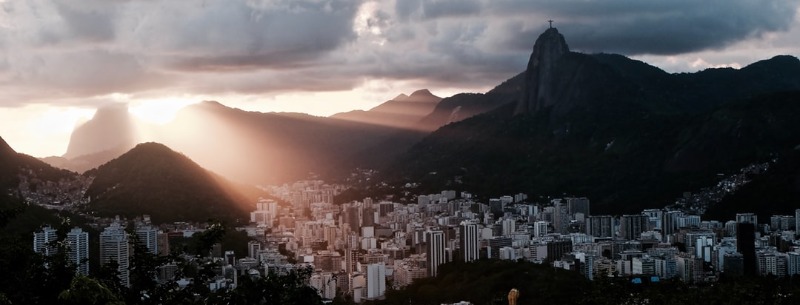
The capital city is Brasilia, but international flights to Brazil are invariably to either Sao Paulo or nearby Rio de Janeiro. From both, but especially Sao Paulo, there are extensive same-day connections to dozens of other destinations in Brazil.
Chile Travel Guide
Chile, stretching along South America’s western coast, is a minefield of diversity. Its outstanding natural attractions span from vast deserts to pretty waterways and active volcanoes to soaring mountains. Chile is an inspiring destination waiting to be discovered. The capital, Santiago, offers fine restaurants, a buzzing nightlife, limitless cultural attractions, and easy access to world-class ski resorts, beautiful beaches, and white-water rafting opportunities.
Colombia
Colombia, situated in the northwest of the region, is the only South American country to have both Pacific and Caribbean coastlines. Boasting a fascinating history, Colombia offers a wide range of natural attractions including dense rainforests, golden beaches, and towering mountains and beaches, but hasn’t managed to shed its reputation for guerrilla warfare and drug smuggling.
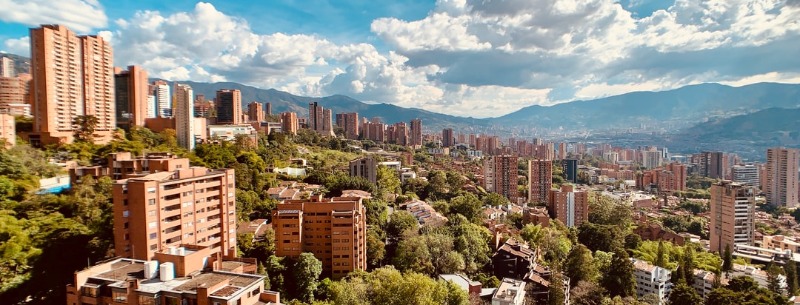
Bogotá, the capital, is centrally situated at an elevation of nearly 2,600m and draws the most tourists. The la Candelaria and Zona Rosa districts are where most people stay during their visit as their colonial buildings make for more pleasant surrounds than the CBD’s high rises. The del Oro archaeology museum is a must-visit while old churches such as San Ignacio and Santa Clara and the colorful botanic gardens of José Celestino Mutis are also worthwhile visiting.
The Caribbean facing Cartagena is considered a safe destination. The city is perhaps best known for its Spanish colonial architecture including impressive cathedrals, while its sandy beaches also draw crowds. If you prefer sightseeing to beach lounging, stop off at the palace of Inquisición or tour the old port on foot.
Islas del Rosario sits to the southwest of Cartagena and offers fantastic diving thanks to their colorful coral reefs. About 750kms northwest of the mainland is San Andres, another hub for scuba divers and snorkellers with its natural beauty and coral reefs that harbor a variety of fish.
When in the Choco Department, head northwest to witness the thick rainforest and Los Katiós National Park. Or travel northwest of Medellín to the centuries-old Santa Fe de Antioquia, an ancient colonial town with well-preserved architecture. There are many resorts west of here on the Pacific coast of Choco.
Archaeology buffs can visit San Agustín and Tierradentro in the southwest of Colombia with their artworks and ancient treasures and graves. Close by is Popayán, a colonial city with brilliant museums and churches.
Bogota International Airport has many daily connections to Europe and the Americas. Road connections with Venezuela and Ecuador make arrival by bus possible for those on a budget. Accommodation in Colombia spans the spectrum but expect hotels outside the main cities to be quite cheap and basic.
Ecuador
The tiniest of the Andean nations, Ecuador lies between Colombia and Peru. It has abundant landscapes including the Andes Mountains shrouded in snow, white sand beaches, dense rainforest, and the stunning Galapagos Islands. Ecuador is home to rare bird species and more than 3,500 types of orchids.
Ecuador also offers a first-hand experience of ethnic cultures and several Inca and other Amerindian ruins can be found northwest of Guayaquil and Rumicucho (near Quito, the capital) including Real Alto, San Isidro, and Santa Elena. Quito also displays pristine colonial architecture.
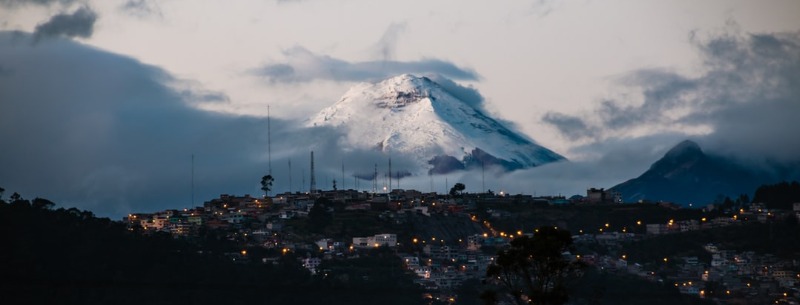
The center of Ecuador is dominated by two mountain chains that form the 325-kilometer-long ‘Avenue of Volcanoes’. Joining this ‘avenue’ is a set of lofty plateaus known as the Sierra, which double as the agricultural heart of Ecuador. To the west is the Pacific coastal plain as well as a string of beaches, mangroves, harbors, and shrimp farms. Oriente lies east of the Sierra and is a little inhabited area of the Amazonian jungle.
The port of Guayaquil rests at the estuary of the Guayas River and has a long-running history of trading. Its many markets attract buyers and sellers from across Ecuador seeking bargains.
The Galapagos Islands lie 1,000 km off the Ecuador mainland and are best known for their indigenous flora and fauna including animals that are unique to the islands. Charles Darwin made observations here that famously assisted him to develop his theories on the origin of species and evolution.
Travel within Ecuador is generally by bus or boat. Quito International Airport and Guayaquil Airport offer entry into Ecuador, which is visa-free for most nationalities. The Galapagos Islands have two airports, but visitors can also visit by boat. Low-cost hostels and homestays can be found throughout Ecuador.
Guyana
More colonial and Caribbean than Latino, Guyana occupies a tiny piece of northern South America, and takes its name from an Amerindian word meaning ‘land of many waters’. This tropical country is famous for Kaieteur Falls; at 822 feet, it is one of the world’s highest waterfalls. Pristine rainforests, unexplored rivers, and unclimbed mountains attract nature lovers, while old Dutch-style towns take you back to colonial times.
Guyana has an equatorial climate, hot but pleasantly tempered by Atlantic breezes. There are two rainy seasons; from May to mid-August and from mid-November to mid-January. The hottest time is between August and October when temperatures reach 85°F.
Georgetown, the capital and main port, lies on the Demerara River. Its wooden historical buildings reflect colonial architecture including the world’s tallest wooden building, the Anglican Cathedral of St George.
Natural sites include the Rupununi Savanna, a vast grassland area with freshwater creeks and majestic termite mounds, Amerindian reservations, and the famous Shea Rock. Amaila Falls drops 200 feet and continues in a sequence of rapids and falls for another two miles before reaching calm water, while Cuquenan Falls is one of the globe’s highest free-leaping waterfalls with a 2,000-foot drop.
Activities include hiking in the unspoiled rainforests, safaris to visit Guyana’s indigenous people, and bird-watching in this home to nearly 800 species of bird. Shoppers can pick up cheap souvenirs at Stabroek Market in Georgetown, or invest in gold jewelry in Church Street.
Accommodation includes hotels, lodges, haciendas, or ranches. Indian curries and African plantain dishes dominate the cuisine; specialties are Amerindian pepper pot and Portuguese garlic pork. Visitors should stick to bottled water although the local beer is worth a try. Daily international flights serve Cheddi Jagan International Airport and minibusses connect the city with most coastal towns.
Paraguay
Paraguay lies between Argentina, Bolivia, and Brazil and boasts world-class natural attractions. This pretty nation combines wilderness with ornate Yaguaron churches, 60-stripe Parani ponchos, dorado fishing, Jesuit missions, harps, spider web lace, and charming colonial plazas.
Paraguay is subtropical with mild winters (June to September) and hot and wet summers (December to March). Southern Paraguay is humid, with rainfall spread quite evenly throughout the year.
The lively capital of Asuncion has colonial plazas, cathedrals, and fine museums, while the more peaceful Trinidad has Paraguay’s best-preserved Jesuit mission, a little-visited UNESCO World Heritage site. Defensores del Chaco National Park is home to jaguar, puma, and ocelot, with guided tours arranged from Asuncion. Ciudad del Este is a good starting point for the majestic Monday Falls and Iguazu Falls as well as nearby Itaipu Dam, where visitors can enjoy wildlife and birds.
Many festivals are based around the Roman Catholic liturgical calendar and often involve great spectacle, particularly in indigenous highland villages. In February, Carnival is the highlight of the year with street parades and dances. In May, Independence Day commemorates the overthrow of the Spanish governor in 1811. In June, the Festival of San Juan features fire walking while September sees the Virgin of Merced honored with elaborate costumes, bizarre masks, and traditional dancing and music.
Apart from cultural sightseeing (colonial churches and Jesuit missions), visitors can enjoy fishing for dorado (up to 65 pounds) in the Paraguay, Parana, and Tebicuary rivers or hiking along the quiet waterfront area of Encarnacion. Water sports at Itaipu Dam, the largest hydroelectric complex in the world, are also fun.
Food is standard South American fare, with beans and rice as staples. All-you-can-eat BBQs are of great value. The accommodation should be booked well in advance, particularly for Asuncion in the tourist season (July to August). Some guest ranches in the northern part of the country offer rooms, but prices can be high. Silvio Pettirossi International Airport in Asuncion is the main air hub while inland travel is best by bus. The dilapidated trains are cheap but slow.
Peru Travel Guide
Boasting a fascinating history of ancient civilizations and colonial heritage, Peru is a land loaded with magnificent bio-diversities. Visitors and drawn to Peru for its ancient remains, lofty mountains, and sublime beaches as well as its pretty landscapes, welcoming people, and ethnic music.
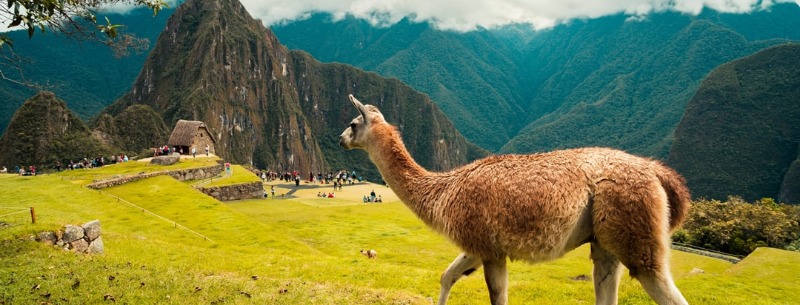
Machu Picchu only rediscovered in modern times, was the Inca’s stronghold and is today Peru’s most famous archaeological site. Overlooking the Urubamba River from its lofty mountain peak setting, this ancient settlement is a must-visit. Machu Picchu can be reached by train or by taking the Inca Trail, a four-day trip.
Peru has every class of accommodation in abundance, from the cheap and dirty to luxurious international-style hotels in the capital. Lima International Airport serves the Americas and Europe. Inland travel is by luxury coach or plane.
Suriname
The tropical country of Suriname is the smallest South American independent country, occupying a decidedly non-Latino sliver of land on the continent’s northeast corner. Best visited from February to April during its short dry season, Suriname has numerous highlights including Paramaribo, Colacreek, Brownsburg, and Voltzberg nature parks and Wia Wia reserve.
Suriname enjoys tropical weather with two dry seasons, from August to October and February to April, the recommended times to visit. Tourists can enjoy swimming, shopping, nature-tripping, sightseeing, and sailing while in the country. It is a relatively safe place with a low crime level.
Paramaribo, the country’s capital, offers some wonderful architectural buildings, the Suriname Museum, the Presidential Palace, Independence Square, and Fort Zeelandia as its main attractions. Suriname handicrafts and souvenirs, including silver and gold jewelry, liquor and tobacco, ceramics, and batik cloths, can be found at Paramaribo’s market and waterfront districts.
Colacreek, south of Paramaribo, is less touristy and has great swimming. Brownsberg and Voltzberg nature parks offer river tours, lodges, and numerous species of wildlife and plants that can only be found here. Reservations can be made in Paramaribo. Wia reserve is made up of mangrove swamps and is home to nesting leatherback turtles and flocks of birds. Sailing can be done in Jachthaven Ornamibo.
The best hotels are in Paramaribo. Book early to ensure you get a room. Pensions, guest houses, and camping are available outside the capital at affordable rates.
Most of the roads are unpaved and particularly dangerous to drive on during the rainy season or at night. Boat travel is possible and some Suriname attractions are only accessible by boat. For short trips around the city, take a bus or a taxi. However, buses can be crowded, chaotic, and uncomfortable. Budget car rental is available in Paramaribo, where Johan Adolf Pengel International Airport is situated.
Uruguay
Uruguay, the second smallest country in South America after Suriname, is located in the southeastern part of South America. It is bordered by Brazil and Argentina. Montevideo is the country’s capital city and around 50 percent of where the total population lives.
Montevideo is a modern city offering a variety of things to do for the visitor. There are many cultural attractions such as theatres, art galleries, and museums in the downtown area on and around Avenida 18 de Julio. Here you will also find the main shopping district but you should also visit the delightful Ciudad Vieja (Old Town) with its 18th-century architecture.
Elsewhere in Uruguay, there are some great beaches such as Punta del Este, Uruguay’s premier beach resort. From here, you can take a trip to Lobo Island to see sea lions. Those interested in history shouldn’t miss Colonia del Sacramento, once a Portuguese settlement founded in 1680 and now a UNESCO World Heritage site.
For accommodation, Uruguay caters to all budgets. All the main international hotel chains have hotels located here, but there are plenty of guesthouses and small boutique hotels to be found, particularly in the beach areas. Estancias (guest ranches) are popular and often cheaper than hotels.
Most people coming to Uruguay fly into Montevideo Carrasco Airport. Those coming from Europe can fly via Madrid or from the United States via Washington or Miami. It is also possible to arrive by land by car or bus from Argentina or Brazil or even by ferry from Buenos Aires in Argentina to the port at Montevideo.
Venezuela
Venezuela is located on the northern coast of South America. It borders Guyana to the east, Brazil to the south, and Columbia to the west. It is a tropical country with many beautiful islands located just off its coastline in the Caribbean Sea.
Caracas is the capital of Venezuela. It’s a great city with some of the most impressive architecture to be found in South America. It is located in a pretty valley on the north coast and acts as a gateway to the Amazon and the Andes. The country’s first capital, Coro, has a historic downtown that is today a UNESCO World Heritage site.
There is so much to see and do in Venezuela, from the snowcapped mountains of the Andes to long white sand Caribbean beaches. You can visit the world’s highest waterfall, Angel Falls, or just chill out on Margarita Island. For outdoor enthusiasts, the best place in the country to go mountaineering, hill trekking, and rock climbing is the Sierra Nevada de Mérida.
For a country with such superb beaches and a great transportation system, Venezuela remains largely undiscovered by tourists. If you go, you should try to time your visit to Venezuela with one of the many festivals that take place in the country such as the Santa Samana (Week of Saints) which takes place during Easter.
Venezuela has a wide range of accommodations to suit all budgets from deluxe resorts to small hostels. Caracas hotels can be expensive, as are hotels in other tourist spots, but posadas are an affordable alternative though they vary in quality.
Caracas Simon Bolivar International Airport is often the cheapest airport to fly into in South America, especially for those flying in from Europe. From Europe, Venezuela is served by Iberia, Air France, Alitalia, Lufthansa, and TAP Air Portugal. For those coming via the USA or Canada, airlines that fly to Venezuela include Continental, American, Delta, and Air Canada. Buses also connect with neighboring countries.
